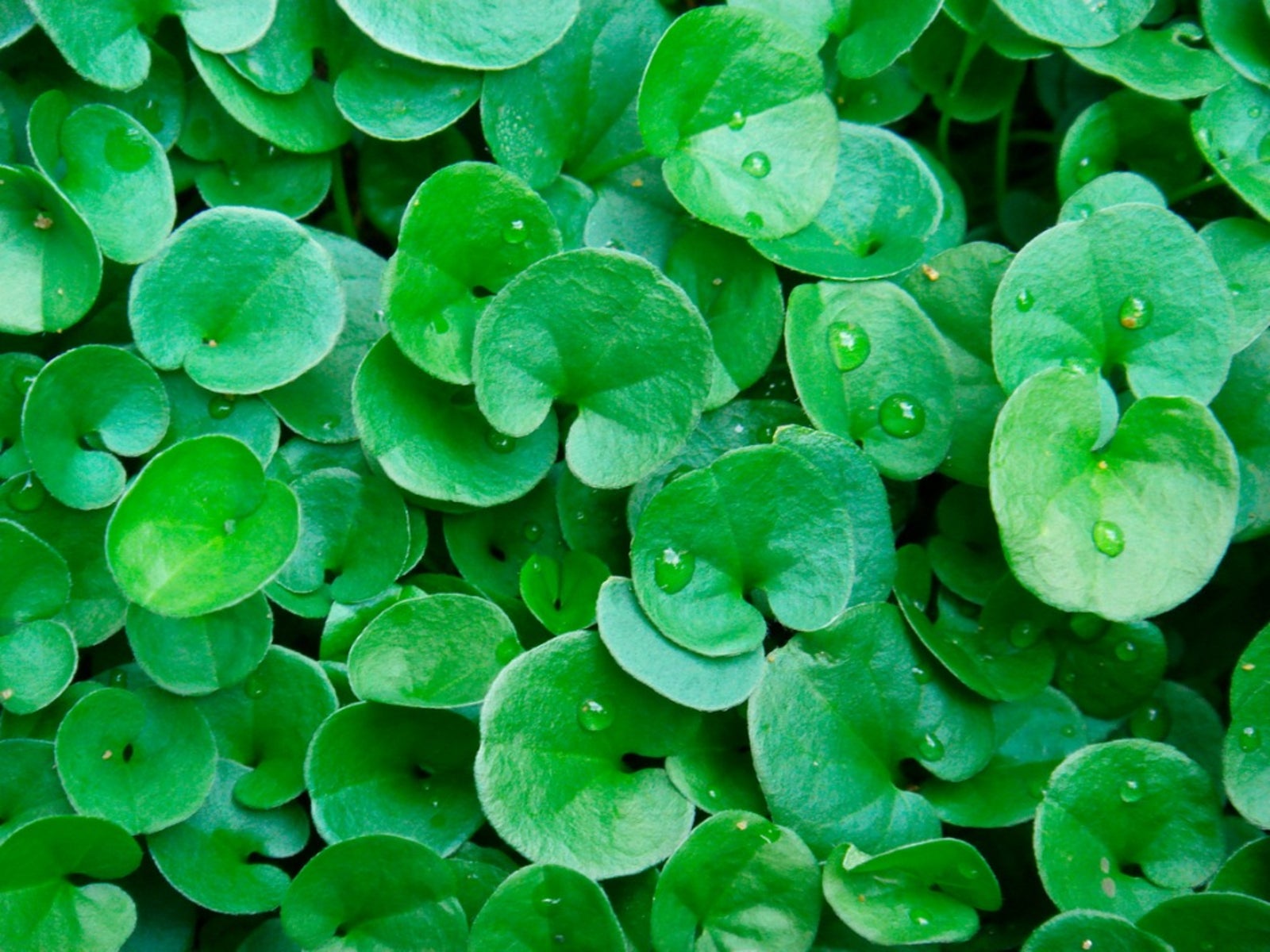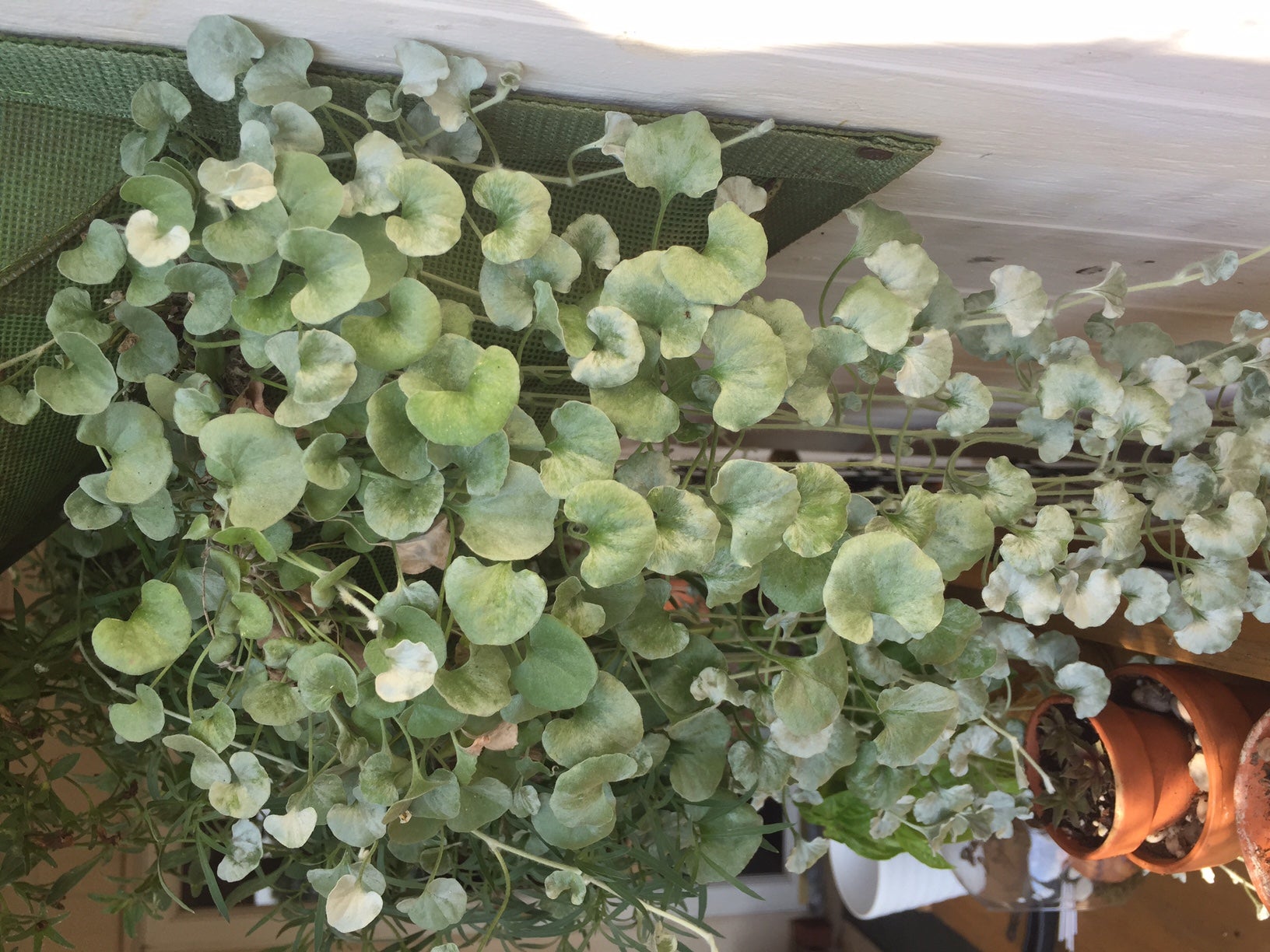Dichondra Plant Info: Tips For Growing Dichondra In The Lawn Or Garden

In some places dichondra, a low growing plant and member of the morning glory family, is seen as a weed. In other places, however, it is valued as an attractive groundcover or even a substitute for a small lawn area. Let's find out more about how to grow dichondra groundcover.
Dichondra Plant Info
Dichondra (Dichondra repens) is a perennial groundcover plant (in USDA zones 7-11) that has a somewhat upright, creeping habit with circular leaves. It is not usually over 2 inches (5 cm.) in height and retains its bright green color in temperatures as low as 25 degrees F. (-3 C.).
When this groundcover becomes full, it appears as a dense, carpet-like grass and is often planted in places where other turf-type grass does not grow well. Silver dichondra is a green-silver annual groundcover that is often used in hanging baskets and pots.
The cascading habit makes this attractive plant perfect for rock walls or window boxes as well. This low maintenance plant, with fan-shaped foliage, does well in full sun, requires only minimal care, and is drought resistant.
How to Grow Dichondra
Proper preparation of the seedbed is essential to growing dichondra plants. A weed free raked area is best. Dichondra prefers loose, clod-free, and well-drained soil in partial shade to full sun.
Seed should be lightly scattered over the loosened soil bed and watered until wet but not soggy. Depending on how sunny the planting area is, seeds may need to be watered a few times a day until they begin to sprout. Covering the seeds with a light layer of peat moss helps with moisture retention.
It is best to plant seed when the temperatures are in the 70's (21 C.) during the day and the 50's (10 C.) at night. This can be in either early spring or even early fall. The growing dichondra seeds will sprout within 7 to 14 days, depending on conditions.
Gardening tips, videos, info and more delivered right to your inbox!
Sign up for the Gardening Know How newsletter today and receive a free copy of our e-book "How to Grow Delicious Tomatoes".
Dichondra Care
Once plants are established, a deep and infrequent watering is necessary. It is best to allow the plants to dry out slightly between watering. If using as a lawn alternative, the dichondra can be mowed to a suitable height.
Most people find that mowing to around 1 ½ inches (4 cm.) in the summer is best and requires cutting every two weeks. Provide ½ to 1 pound (227-454 g.) of nitrogen per month during the growing season for a healthy cover. Apply a pre-emergent weed control on the groundcover to keep weeds at bay.
Never use an herbicide containing 2-4D on dichondra plants, as they will die. Remove broadleaf weeds by hand for best results.
-
 Looking For Plants To Give You The Soft And Fuzzies? Try These 5 Fuzzy Leaf Plant Options
Looking For Plants To Give You The Soft And Fuzzies? Try These 5 Fuzzy Leaf Plant OptionsLovers of texture, drama, silver foliage and tactile plants will adore these special sensory garden additions. These fuzzy leaf plant options will leave you all aglow
By Susan Albert
-
 Get Ready For A Summer Of Hummers! Grow These Full Sun Hummingbird Plants and Flowers
Get Ready For A Summer Of Hummers! Grow These Full Sun Hummingbird Plants and FlowersIf you’re lucky enough to enjoy a sunny backyard, make sure you are maxing out on your pollinator opportunities and grow these full sun hummingbird plants and flowers
By Tonya Barnett
